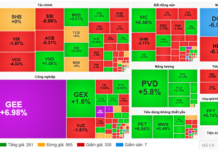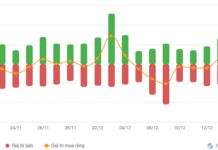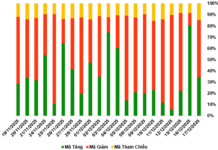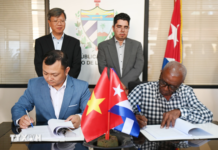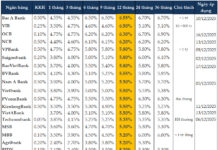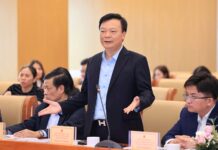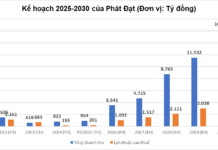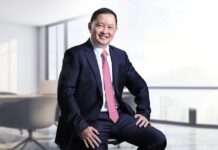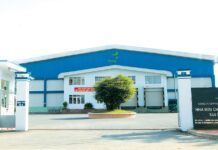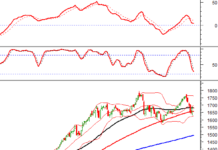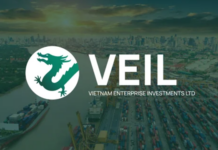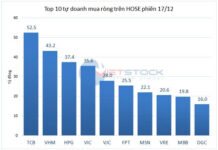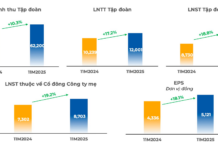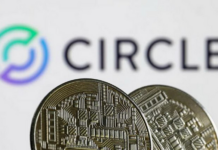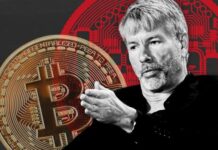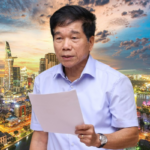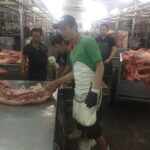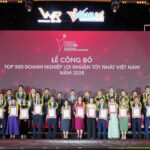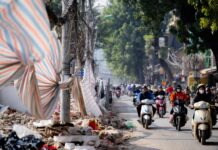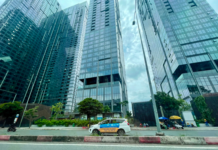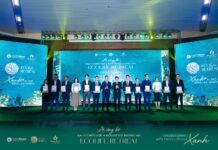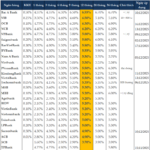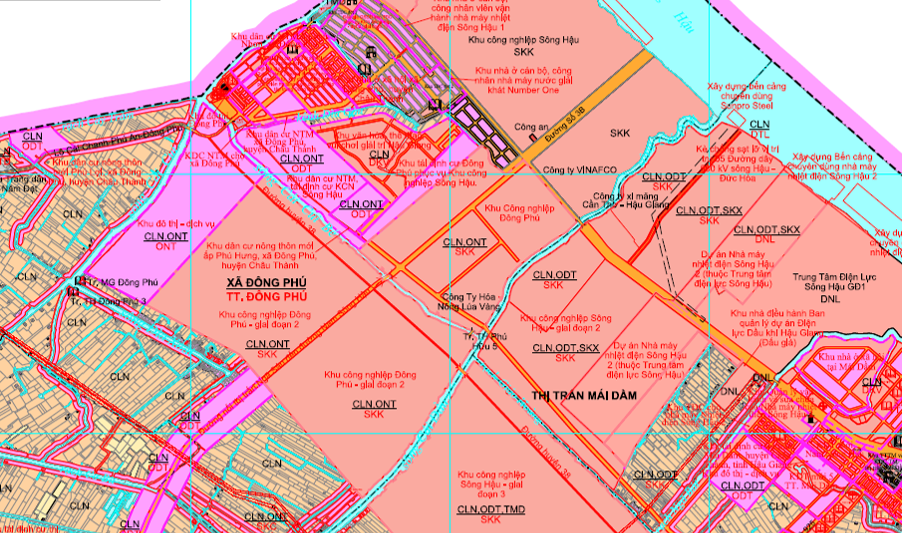“Human-Centric” Philosophy Becomes the Corporate Culture
After nearly 40 years of Renovation, Vietnam has transformed from a backward nation into a thriving economy, with a GDP of $470 billion by the end of 2024, ranking 4th in ASEAN and 32nd globally.
Alongside economic growth, the country’s landscape, particularly in major cities, has seen significant changes with the emergence of numerous large-scale projects. As of early March 2025, Vietnam has 916 urban areas, representing an urbanization rate of over 44%. The quality and environment of these urban areas continue to improve.
At the seminar “Vietnamese Architecture – 50 Years of National Reunification,” Prof. Dr. Architect Nguyễn Quốc Thông, Chairman of the Architectural Council of the Vietnam Association of Architects, noted that Vietnam’s architectural planning process has evolved toward integration, simplification, and flexibility, aligning with economic and social development in the context of globalization.
Four main trends and styles have emerged: international modern architecture, represented by high-rise buildings; tropical modern architecture, adapting to local climate and culture; modern ethnic architecture, blending tradition with modernity; and indigenous modern architecture with a focus on green design.
“These progressive trends are increasingly popular in the face of climate change,” Prof. Thông remarked.
In this context, Văn Phú – Invest Real Estate Development JSC aims to create sustainable living values for customers, communities, and future generations. The company has consistently turned designs and plans into urban areas that harmonize green spaces, convenience, and smart technology, all while preserving local cultural identity.
The goal is to create “human-centric” living spaces that fully meet residents’ aspirations for happiness.
Văn Phú’s leadership explains that this philosophy has a single objective: “Every housing project and real estate development must serve human living values.” Based on this foundation, the company’s experts thoroughly research local needs, cultural values, and history before implementing each project. Significant effort is also dedicated to designing landscapes and amenities to enhance resident experiences.
“We invest additional effort and resources to create meaningful living spaces, as reflected in our motto, ‘We don’t sell houses, we sell living spaces.’ This sets us apart in the market and guides all our activities, from project development to internal management,” said Văn Phú’s leadership.
In practice, this philosophy has distinguished Văn Phú in the northern real estate market. For instance, the Vlasta projects in Sầm Sơn and Thủy Nguyên not only preserve local cultural elements but also demonstrate long-term vision by choosing locations in emerging local and regional centers with strong investment and sustainable growth potential.
“Văn Phú’s urban areas align with the government’s real estate development direction, connecting urban flows, providing a solid foundation for residents’ lives, and driving regional economic growth,” a company representative stated.
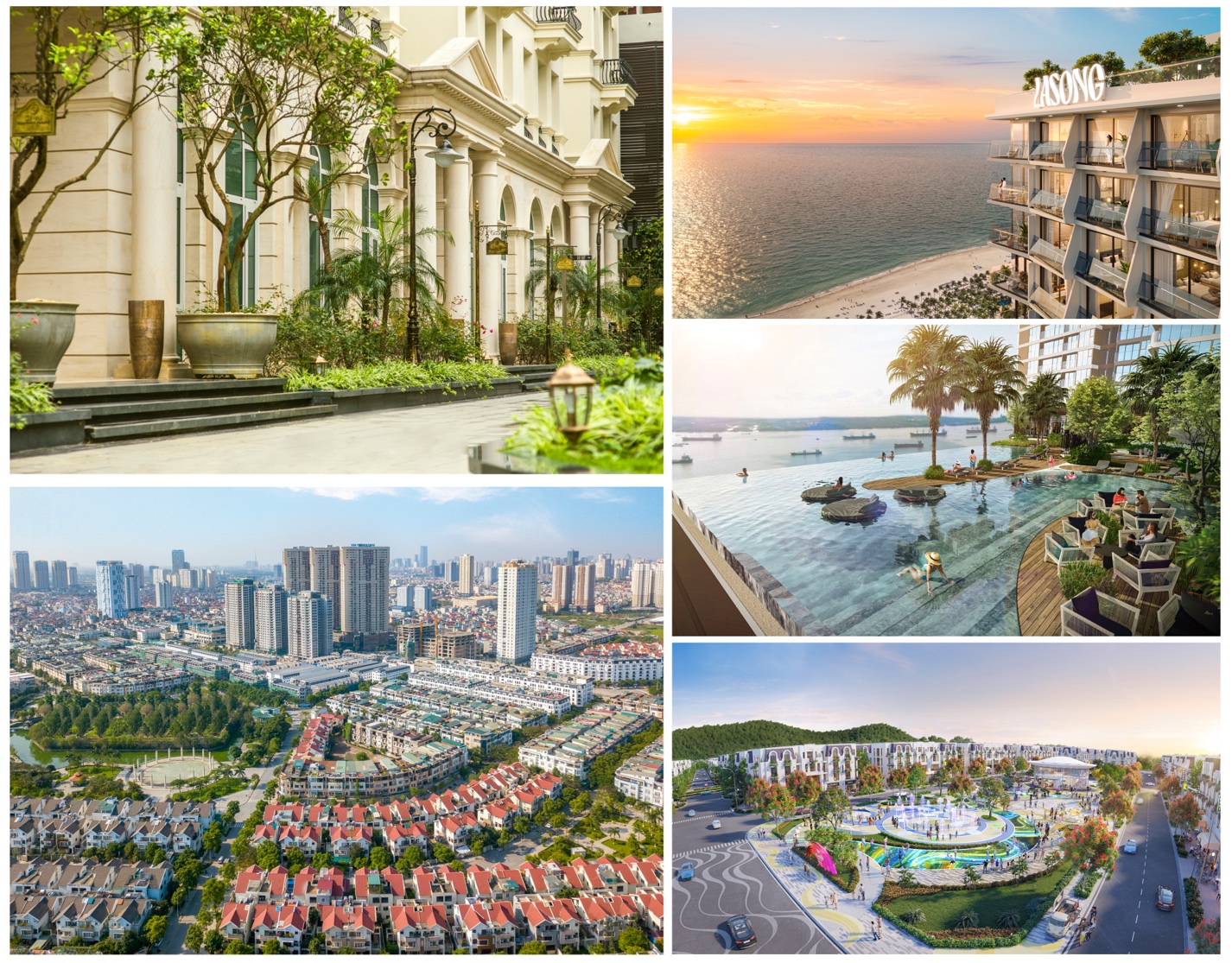
Projects like Văn Phú Urban Area – Hà Đông, Grandeur Palace – Giảng Võ, Vlasta – Thủy Nguyên, and Vlasta – Sầm Sơn embody the “human-centric” philosophy.
Distinctive Marks with the “Human-Centric” Philosophy in Southern Key Projects
In the southern real estate market, particularly in the expanded Ho Chi Minh City, Văn Phú is focusing on key projects for the 2025-2030 period, including Nhà Bè, Bình Chánh, Vũng Tàu, and Đại Phước Tourism Urban Area in Đồng Nai. The total investment for these projects is over VND 52,000 billion.
The Nhà Bè project, with an investment of approximately VND 5,000 billion, and the Vũng Tàu project, with an investment of around VND 15,000 billion, are strategically located with convenient access to the city center. These projects are designed as smart urban areas with three core elements: Green – Sustainable – Culturally Rich. They will offer diverse products, including townhouses, villas, shophouses, apartments, and commercial services, catering to multi-generational needs.
In the south, Văn Phú is also accelerating the Đại Phước Tourism Urban Area project in Đồng Nai, covering 120 hectares with an investment of approximately VND 20,000 billion.
Located near the former Thủ Đức City, just minutes away via the Nhơn Trạch Bridge (Đồng Nai 2) and the future Cát Lái Bridge, Đại Phước enjoys advantages in road, water, and air transportation. It also benefits from the dynamic growth of the expanded Ho Chi Minh City region.
The project envisions an open living space where commerce, tourism, culture, and ecology converge. The “human-centric” philosophy is central, focusing on people, community, and harmony with nature.
Unlike surrounding projects, Đại Phước integrates local cultural elements such as tea trees, flattened rice, coconut leaves, and rainbow containers into its urban design.
With 120 hectares, nearly 30% dedicated to greenery and water, Đại Phước is a pioneering project in creating a green, humane, and creative urban space, balancing economic development with natural preservation.
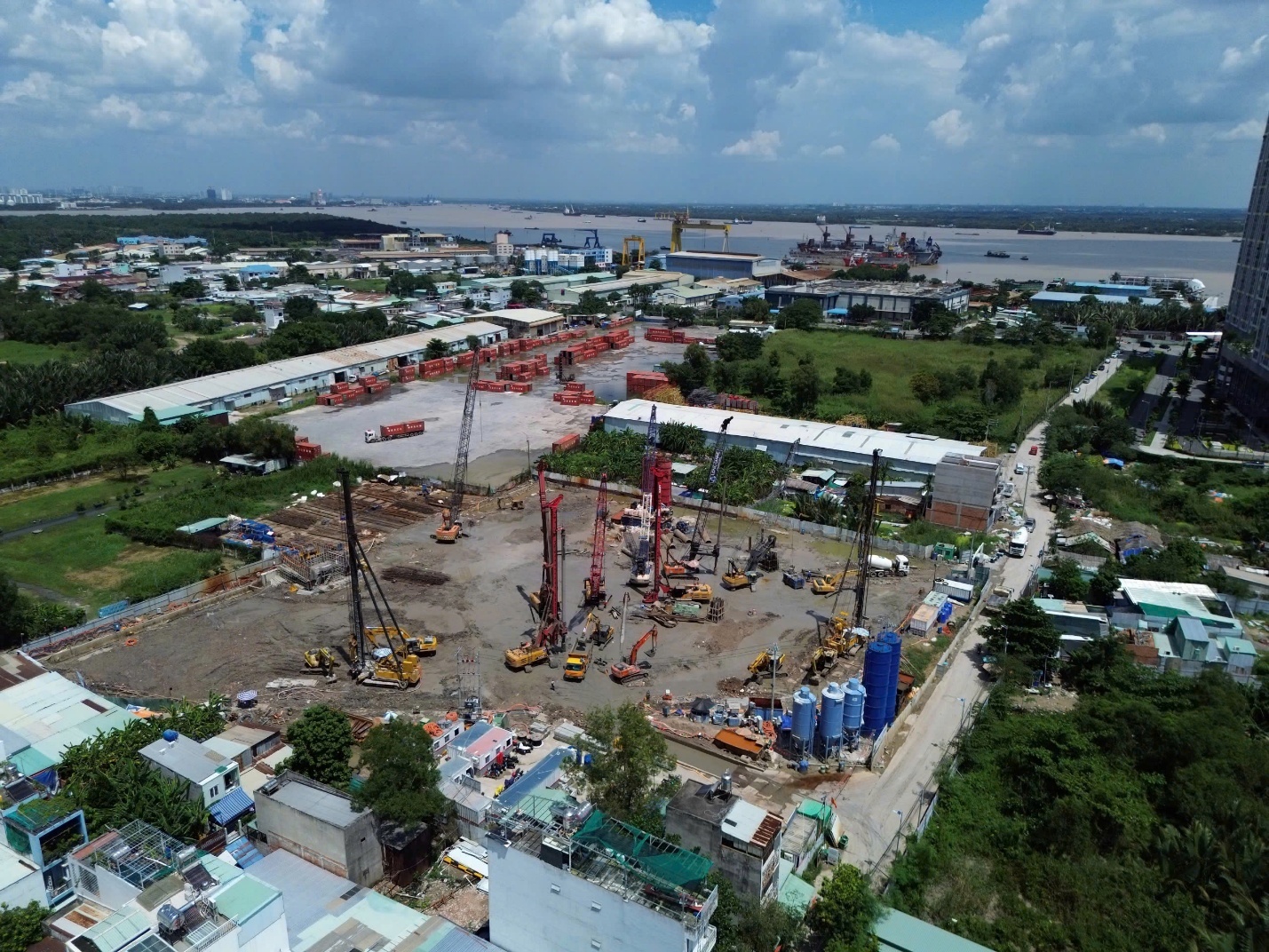
Văn Phú is accelerating construction of the project in Phú Thuận Ward (former District 7), Ho Chi Minh City.
Văn Phú’s leadership believes the southern real estate market has immense potential, as evidenced by significant investments from leading developers. From the initial market research phase, Văn Phú adopted a unique strategy, embedding the “human-centric” philosophy into its products. The company focuses on mid- to high-end segments, offering diverse products for various needs in high-potential areas.
“Our product strategy is to create a diverse ecosystem within each project, including villas, townhouses, and apartments of various sizes. This allows customers with different income levels to access our offerings,” said Văn Phú’s leadership.
The company emphasizes that each project prioritizes usability and community value over luxurious amenities. This approach eliminates unnecessary costs, focusing resources on essential living elements.
These factors create a unique appeal for Văn Phú’s projects in the southern market, particularly in Ho Chi Minh City.
SJ Group Honored Among Vietnam’s Top 500 Most Profitable Enterprises in 2025
SJ Group Joint Stock Company (HOSE: SJS) secured the 167th position among private enterprises and 309th nationwide in the 2025 PROFIT500 rankings, solidifying its robust financial capabilities and commitment to sustainable management practices.


